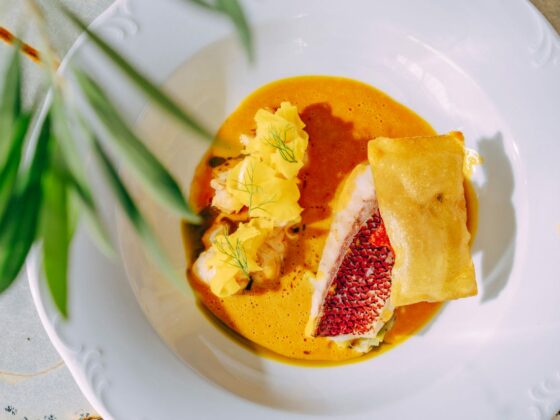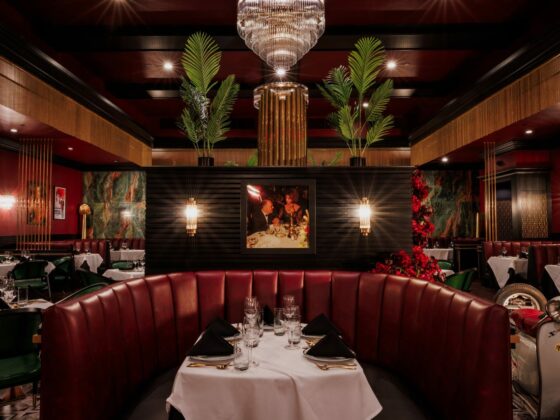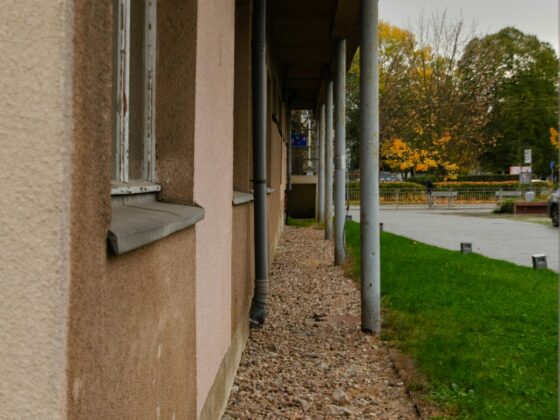Laila Bazahm brought a global perspective to Austin when she opened Spanish restaurant El Raval in 2023. The chef, who also runs Hawker 45 in Barcelona, went to culinary school in Spain and worked for Joël Robuchon in Singapore. Her latest project is Siti, an Austin restaurant that draws on her own Philippine heritage and the culinary traditions of Singapore, Malaysia, Indonesia, Thailand, and the Philippines.
Siti opened July 18 at the Francis Modern Inn, a small hotel just east of downtown, replacing an Italian restaurant called Poeta. It’s nearly 3,000 square feet, with seating for about 60 guests inside. There’s also a small courtyard and lanai that will be used more once the weather turns cooler.
The design is Asian Colonial and features elements like a fish and herb mural, fortune cookie-filled vases, floral booths, and colors that evoke aged rust and turmeric.
“It’s cozy, but it carries energy, and that’s exactly what I wanted — something vibrant, warm, and alive,” Bazahm said of the space.
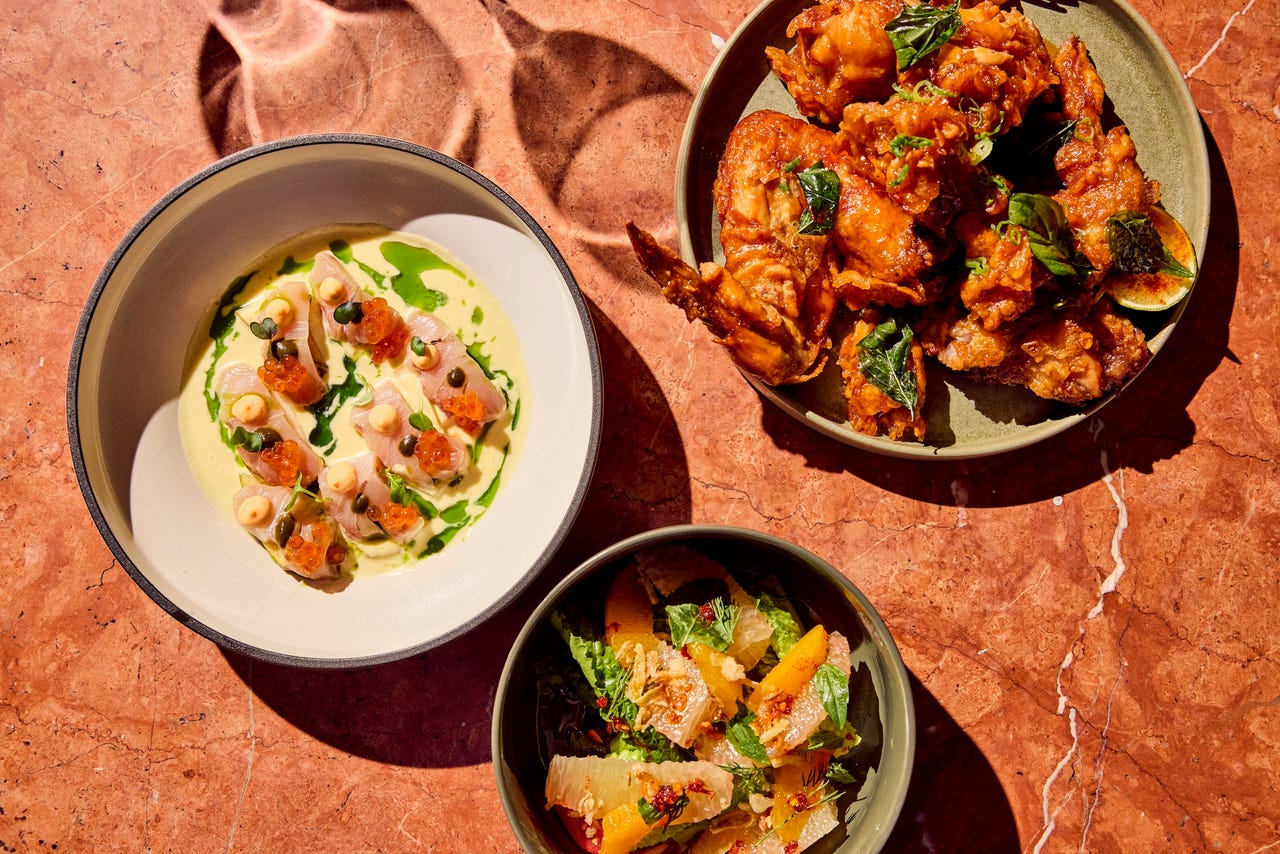
Chef Laila Bazahm’s menu pays homage to Singaporean hawker stalls.
The menu features a couple of raw dishes, small plates, larger plates, and a section of dishes cooked in a Mibrasa charcoal oven. Overall, it pays homage to the food that Bazahm ate growing up and to the dishes she experienced at hawker stalls during her time in Singapore, where vendors serve everything from noodles and soups to chile crab.
“It’s definitely not a direct translation. Hawker food is fast, loud, messy — in the best way — and beautifully chaotic, but that energy doesn’t always translate to a sit-down setting,” Bazahm said. “At Siti, the challenge was finding a way to preserve the soul of these dishes while reimagining the experience for a different context and audience.”
She stays rooted in traditional flavor profiles and cooking techniques, but takes creative liberties when it comes to presentation, and sometimes ingredients.
“Some dishes are quite faithful to what you’d find in Southeast Asia,” said Bazahm. “Others are more interpretive — drawn from memory, travel, or emotion. It’s a balance between homage and evolution.”
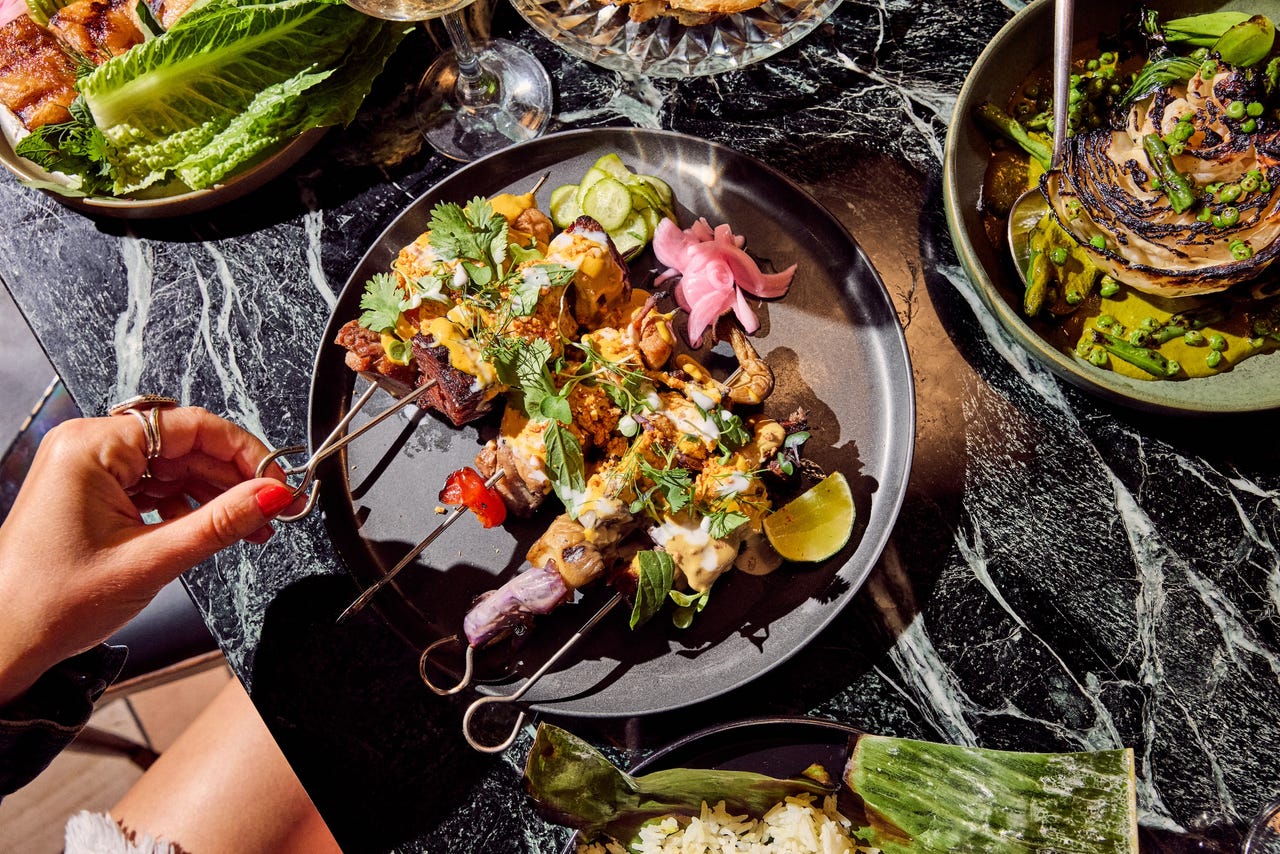
Satays are cooked in a charcoal-powered Mibrasa oven.
The sambal striped bass, for example, is an umami-forward fish wrapped in a banana leaf that’s inspired by Bazahm’s favorite Singaporean stingray dish. She adds confit duck leg to char kway teow, a rice noodle dish featuring prawns and Chinese sausage. The restaurant’s signature satays are cooked in the Mibrasa oven, which combines the intensity of open-fire grilling with the precise temperatures of an oven. And laksa, a noodle dish usually made with coconut milk, is punched up with scallops.
“Laksa has always been a comfort dish for me,” said Bazahm, who grew up eating different versions — some more curry-heavy, others lighter and tangier.
“When I was developing the menu for Siti, I kept coming back to how sensual and rich that coconut-galangal broth can be. The scallops came from a desire to honor the delicacy of the broth while elevating the dish without overpowering it. Scallops offer this natural sweetness and silky texture that work so beautifully in contrast with the spice and depth of the laksa. It’s a small twist, but one that feels intentional.”
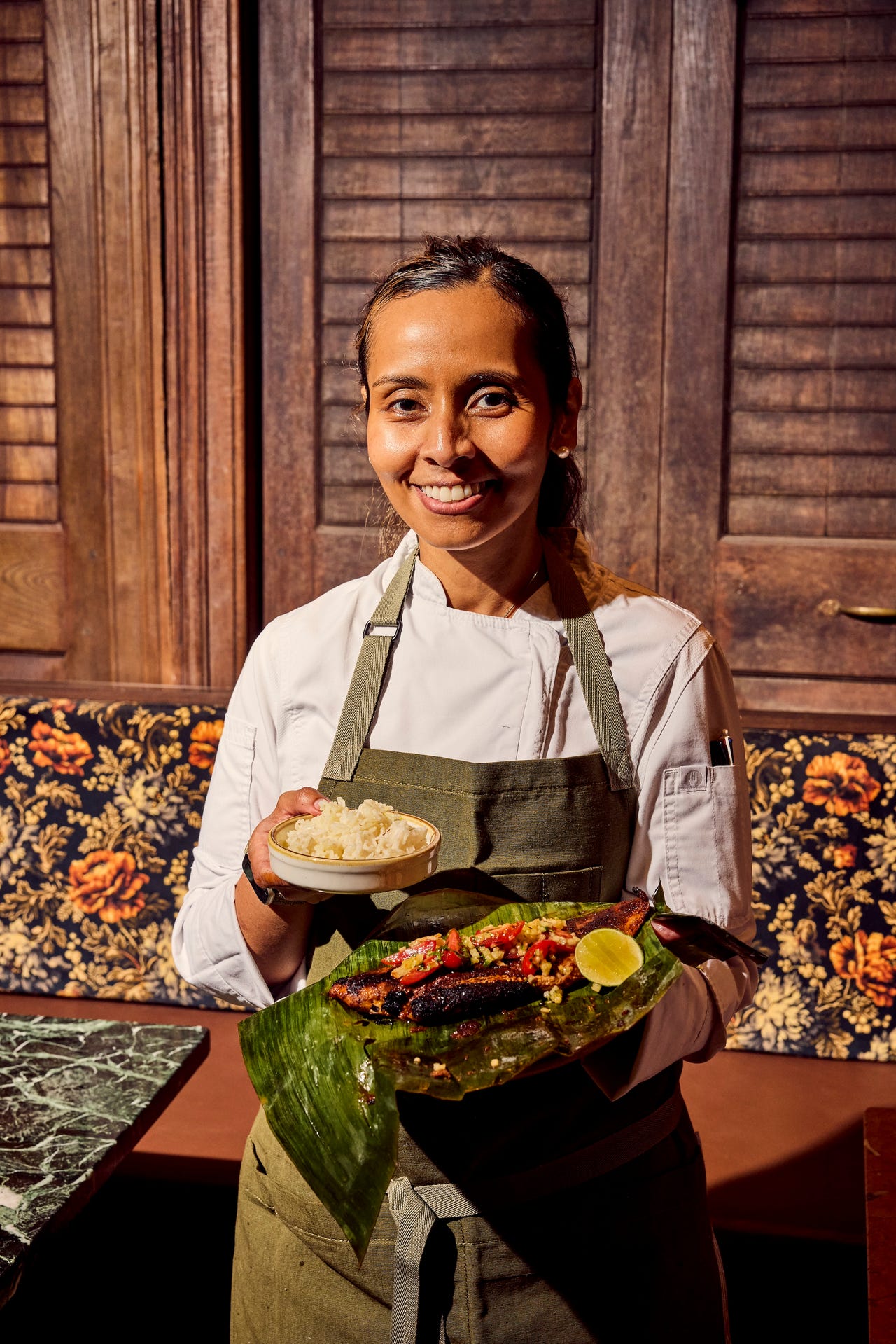
Before moving to Austin, Bazahm went to culinary school in Spain and worked in Singapore.
The restaurant’s cocktail program comes from general manager Eddie Zeitler, who draws on the kitchen’s culinary processes and sources hard-to-find Indonesian and Malaysian liquors. This means drinks like Root & Ritual, which features turmeric and shio koji cordial, kampot peppercorn, saffron rice-washed whiskey, smoked honey, and bitters.
Now with two restaurants in Austin, Bazahm wants to focus on growing Siti and continuing to make El Raval stronger. But she’s always dreaming about what’s next.
“I’m really drawn to layered spaces, where food intersects with culture, travel, and storytelling,” she said. “If I were to open another concept, it would probably be smaller, maybe more intimate or unexpected. I’ll just say this: It wouldn’t be another traditional restaurant. I’m interested in challenging the way hospitality shows up in Austin — rethinking how we gather, how we share, and what that experience could look like beyond the typical restaurant format.”


